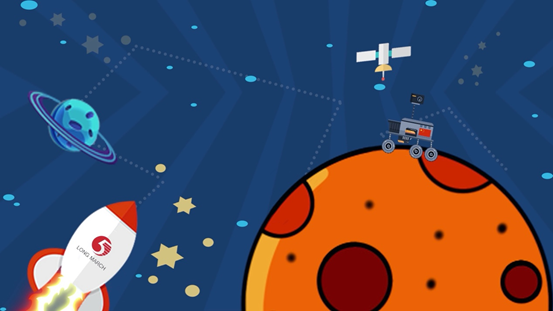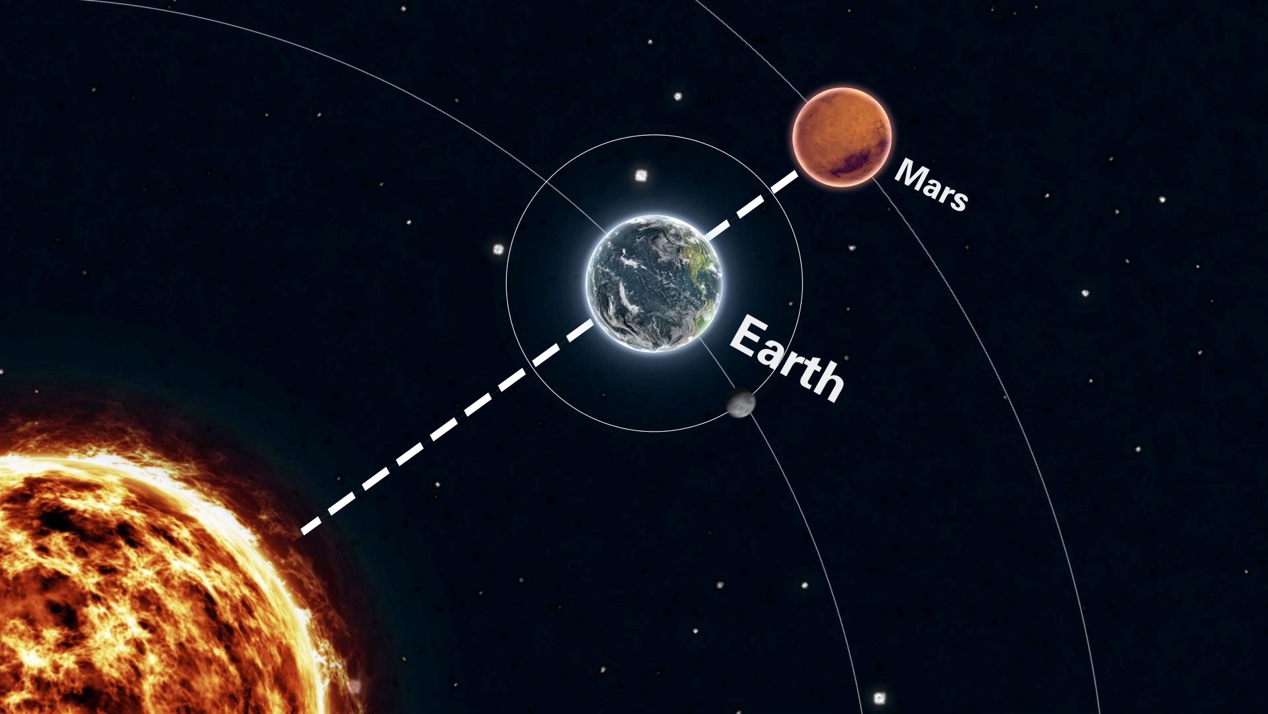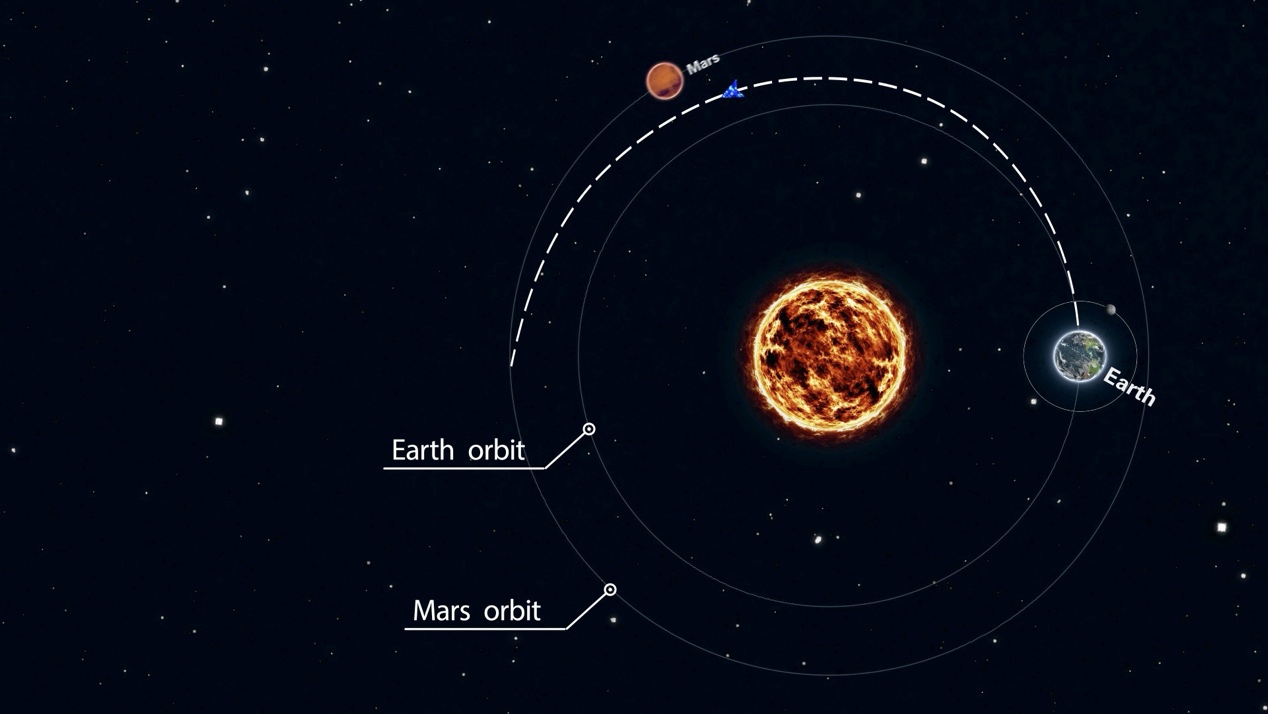01:56

2020 is called the year of Mars as there are three missions poised to launch toward the red planet, including NASA's Perseverance, the United Arab Emirates' first-ever interplanetary Hope Mars mission, and China's first Mars exploration mission-Tianwen 1.
But have you ever considered why the launch windows for all the three missions have been set from mid-July to mid-August? Why can't they launch their spacecraft in other months?
Timing is everything, especially when you want to send a spacecraft to Mars. Scientists say they need to take the most fuel-efficient route.
Mars opposition misconception
"There are many misleading reports about the Mars opposition and Mars launch window," said Zhang Rongqiao, chief architect of China's Mars exploration program.

Many people incorrectly think the alignment of the sun, the Earth and Mars would be the ideal time for a space launch to the Red Planet, but they do not consider the different rotational speeds of the planets. /Wu Zhenhua
Many people incorrectly think the alignment of the sun, the Earth and Mars would be the ideal time for a space launch to the Red Planet, but they do not consider the different rotational speeds of the planets. /Wu Zhenhua
Some space watchers think that it's better to launch a probe during what's called "Mars opposition," the day when the sun, the Earth and Mars are aligned, with the Earth sitting in the middle. The next Mars opposition is on October 14, 2020. This phenomenon happens every 26 months, giving the shortest distance between Mars and Earth. However, this is a misunderstanding.
According to Zhang, with a fixed revolution period for both Earth and Mars, it's better to launch the probe of about two months ahead of its opposition, as the Earth moves much faster than Mars. In other words, it would be unwise to launch the Mars probe during Mars opposition because, based on the revolution speed of Mars and Earth, as well as the speed of spacecraft, there will never be an overlap of the spacecraft and Mars.
The other option is more feasible, and it, too, has a launch window every 26 months.
Launch window chosen based on the most fuel-efficient route
Scientists say the optimal launch window is from mid-July to mid-August this year, following the most fuel-efficient orbit. During this time, the Earth and Mars move in a relatively short distance, but not the closest distance.
Based on space technology, the probe will follow an elliptical Earth-Mars transfer orbit called a Hohmann transfer orbit. This is when after flying for around seven months, the probe will eventually be captured by the gravity of Mars and move into the Red Planet's orbit.

If the scientists miss this launch window in 2020, you will have to wait another 26 months in 2022. /Wu Zhenhua
If the scientists miss this launch window in 2020, you will have to wait another 26 months in 2022. /Wu Zhenhua
There have been 44 explorations of Mars in human history, but most of them failed. What's the biggest challenge for the Mars exploration mission? Find out in the next episode.